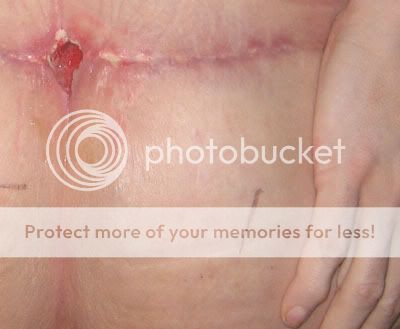Buttock Crack Infection

Here are a few of the common causes of rash on your buttocks: Contact dermatitis is a common type of rash. It appears when your skin comes into contact with a substance that causes irritation to the skin. Some contact dermatitis rashes appear immediately, but most take some time to appear. There are two types: allergic contact dermatitis and irritant contact dermatitis. Butt rashes aren’t usually a sign of anything dangerous.
While I am familiar with pilonidal cysts (a relative had one removed), as mentioned by Peter Clark, my first instinct is a fungal infection (the op did not mention a.
Typically, rashes clear up on their own after a few days or weeks, but sometimes they require medical treatment. The recommends seeing your doctor about a rash when: • the rash is sudden and spreads quickly • the rash covers your entire body • you have a fever with your rash • you have blisters on your genitals or anus • the rash is painful • the rash starts to look infected, which may include yellow or green fluid, red streaks, or painful swelling. • has antibacterial and antifungal effects when applied directly to a rash. You can try it for yeast infections and folliculitis. • German chamomile tea can be ingested or applied as a compress to treat dermatitis. It can significantly reduce itchiness and inflammation, and it can speed up healing.
Keyboard Tracer is an easy-to-use tool that records keyboard and monitor keystrokes on your own computer. It can track activities of other people using your keyboard without your permission. 
• Any gentle, fragrance-free moisturizer can be applied liberally to itchy, dry skin. • is a great natural moisturizer with antimicrobial (infection fighting) properties. You can apply it directly to your rash. • Oatmeal has natural soothing, moisturizing, and anti-inflammatory properties.
Try mixing ground oatmeal into a cool bath, or mix it into a paste and apply it directly to your rash. • can sooth, moisturize, and decrease itchiness. • can be applied directly to your rash to sooth irritated skin, speed up healing, reduce itchiness, and even help prevent infection. • Menthol is an essential oil derived from Japanese mint. It has soothing, anti-itch properties. • can help fight infection in open sores. Nemeckie boevie nozhi bremen vtoroj mirovoj vojni.
• Hydrocortisone cream. This mild steroid cream is suitable for many types of rash. It can reduce redness, itchiness, and inflammation. Common brand names include Cortizone 10. • Antifungal creams, powder, and sprays. These can be used to treat fungal infections like ringworm, intertrigo, and yeast infections.
They can help reduce itchiness, burning, and cracking skin. Medications include (Lotrimin, Cruex, Desenex) and (Monistat). • Antibiotic creams and ointments. These can help fights bacterial infections. A common brand is Neosporin. This treatment works for folliculitis and lichen sclerosus. • Anti-inflammatory painkillers.
Medications such as (Advil, Motrin) and naproxen () can help reduce swelling and pain. • Antihistamines. These are used to treat allergic reactions, and reduce itchiness and irritation. An example of this type of drug is (Benadryl).
Prescription medications In some cases, your doctor may prescribe the following medications to help manage and treat your rash. • Steroid cream or ointment can reduce itching and treat inflammation.
They work for most rashes, including lichen sclerosus, contact dermatitis, heat rash, intertrigo, and psoriasis. • Oral steroids reduce inflammation in severe cases of rash. • Oral antibiotics fight bacterial infection. • Immunomodulators keep your immune system from overacting to allergens. They can be used to treat severe cases of allergen contact dermatitis. • Antibiotic cream can fight bacterial infection. This may be prescribed for intertrigo, folliculitis, and incontinence • Antifungal cream can help with fungal infection.